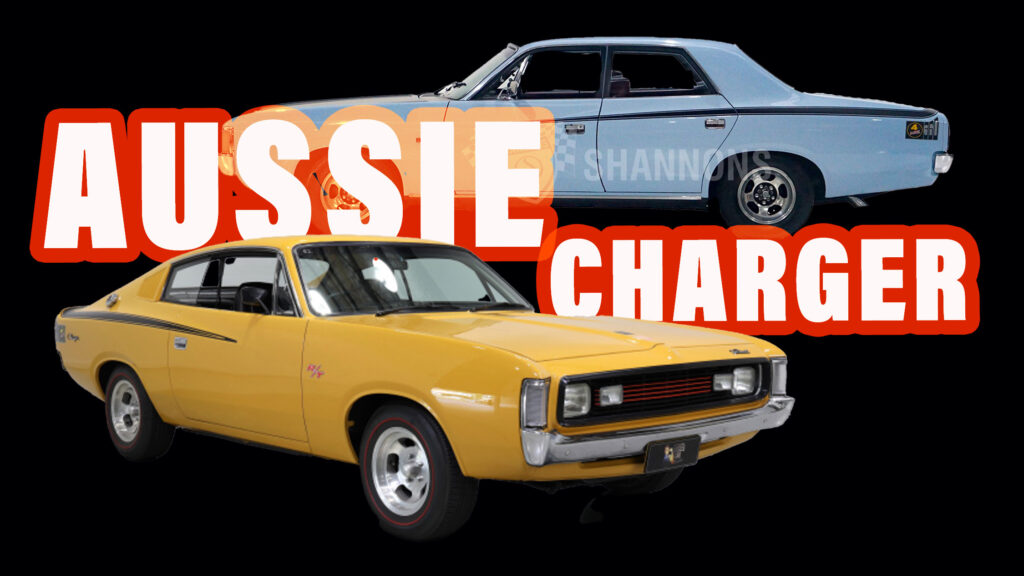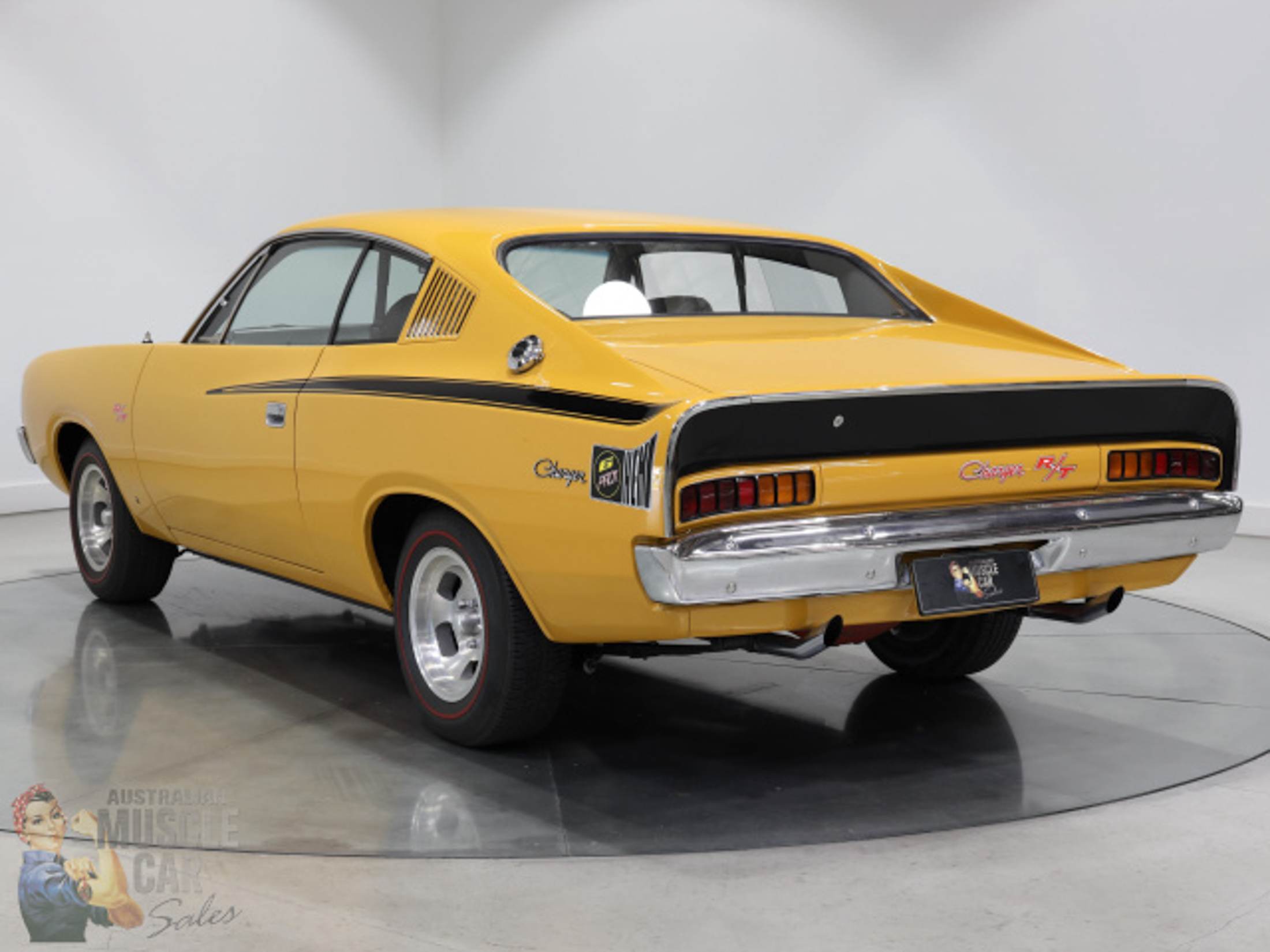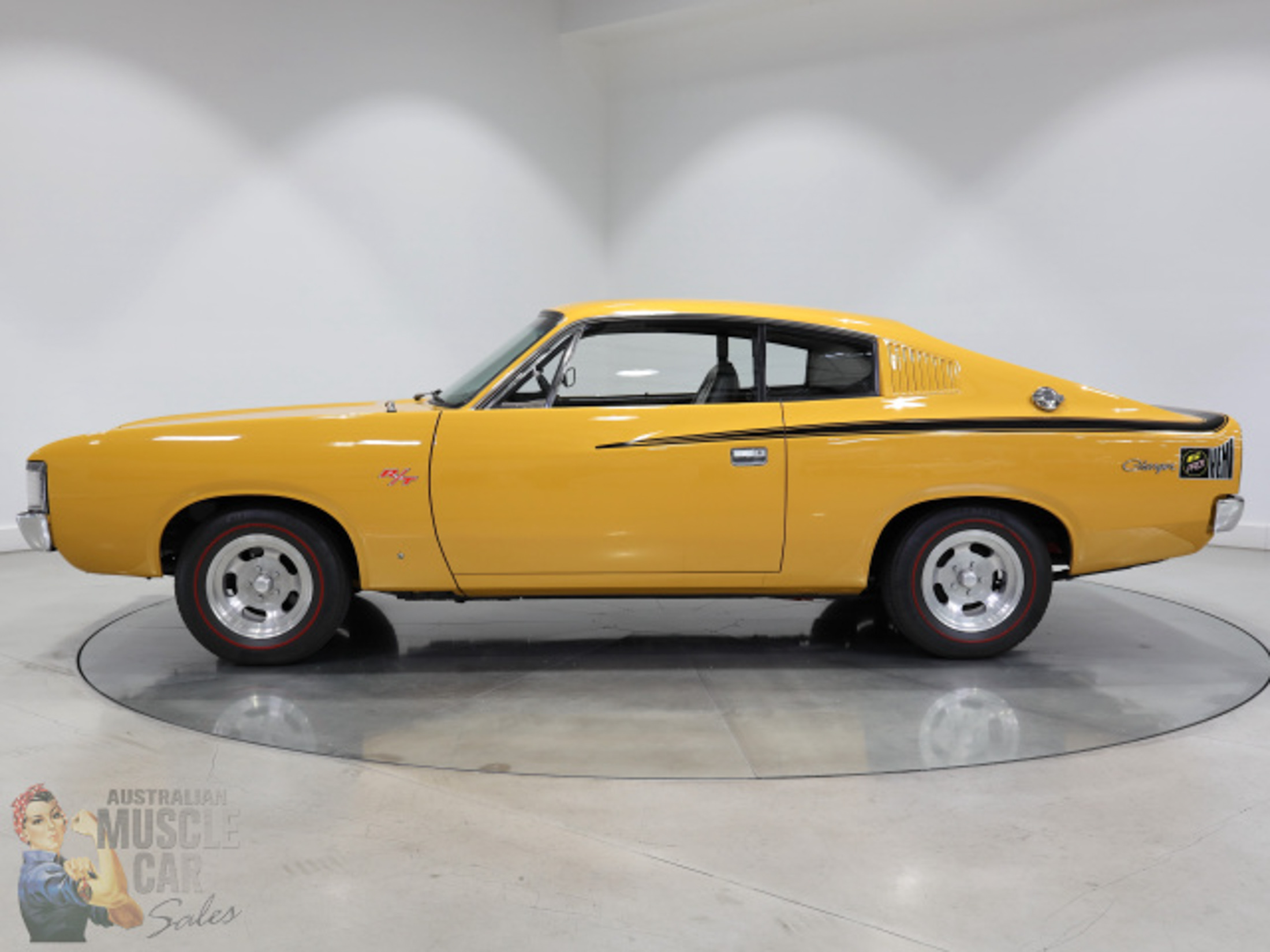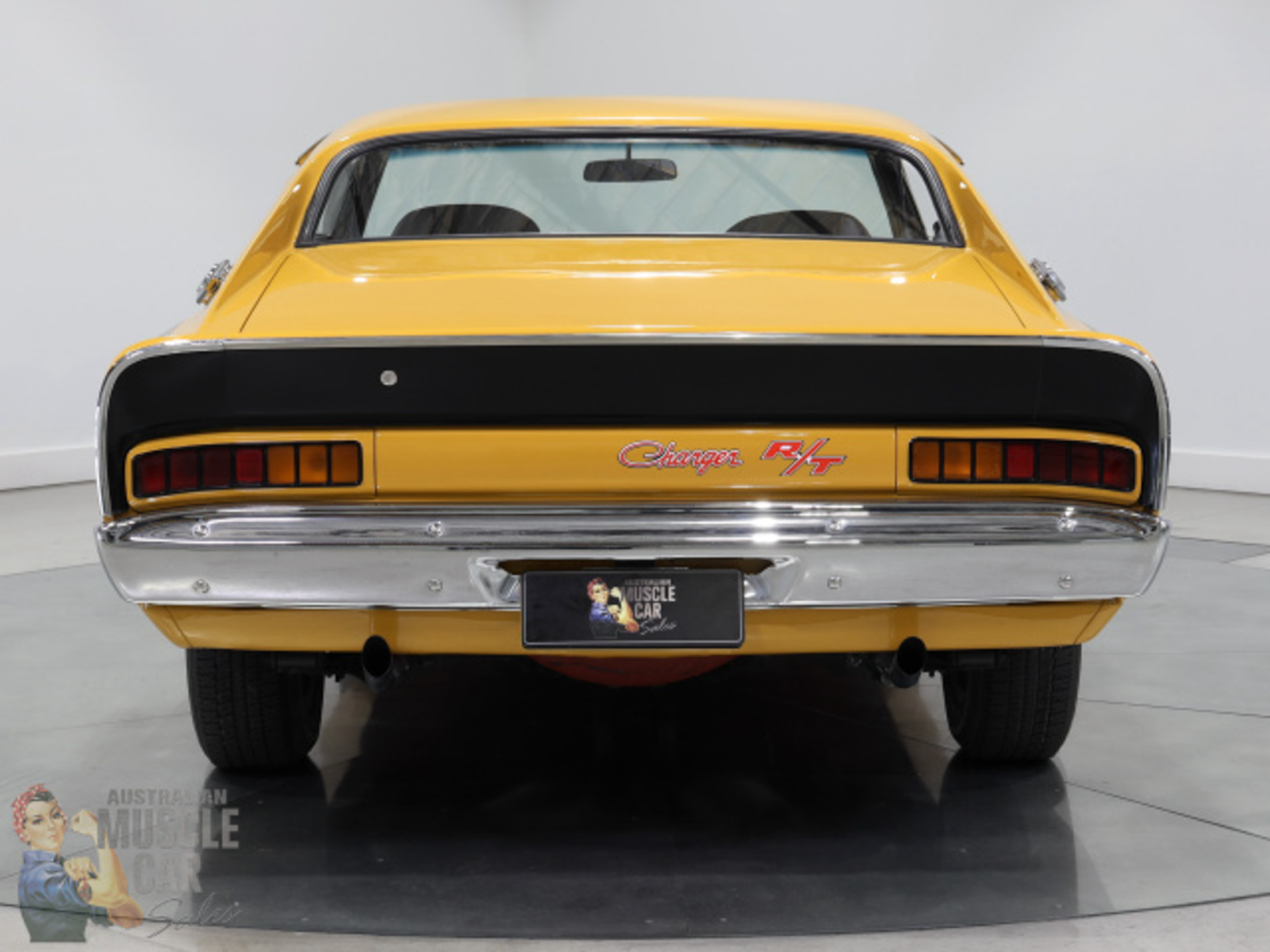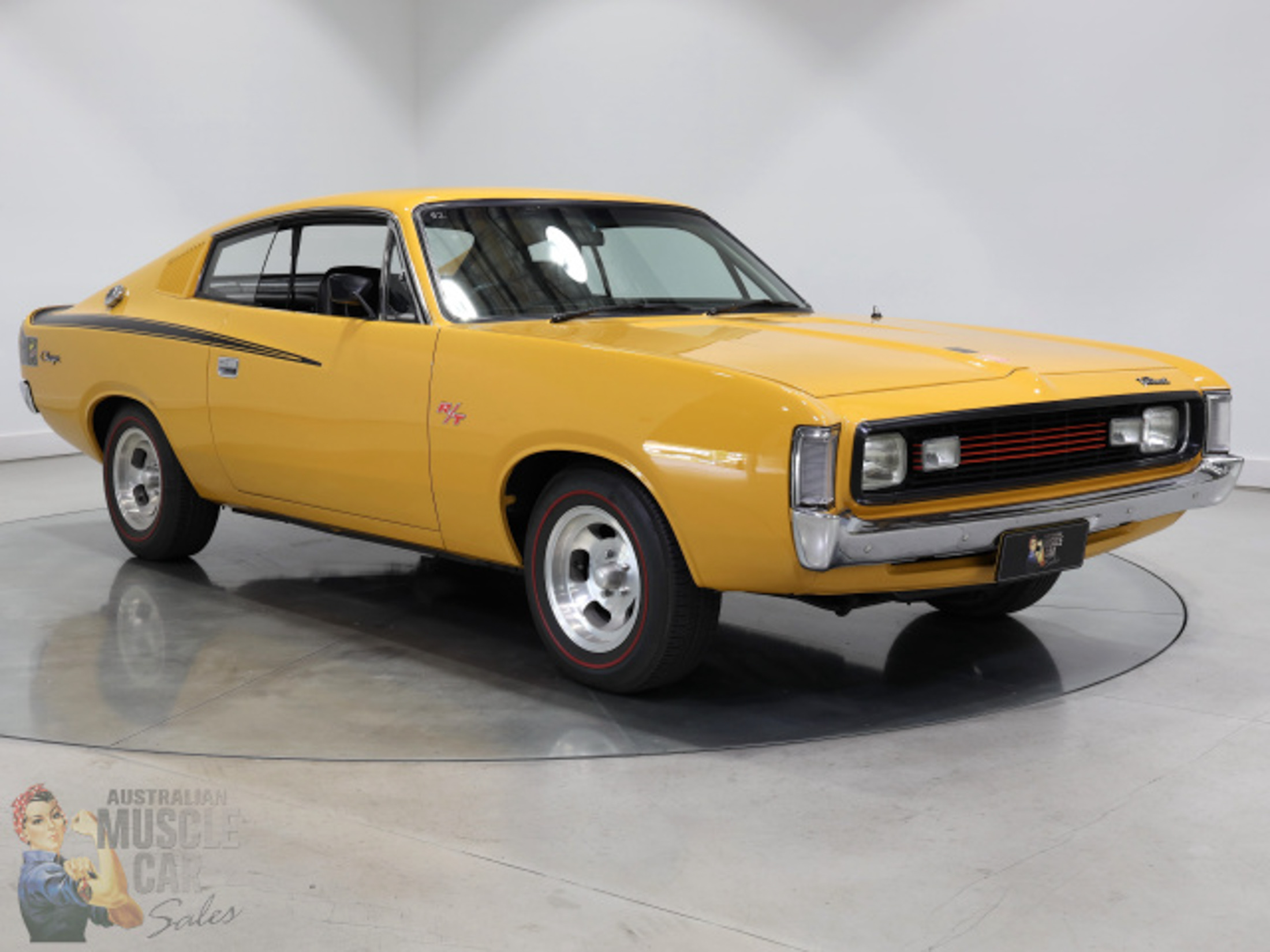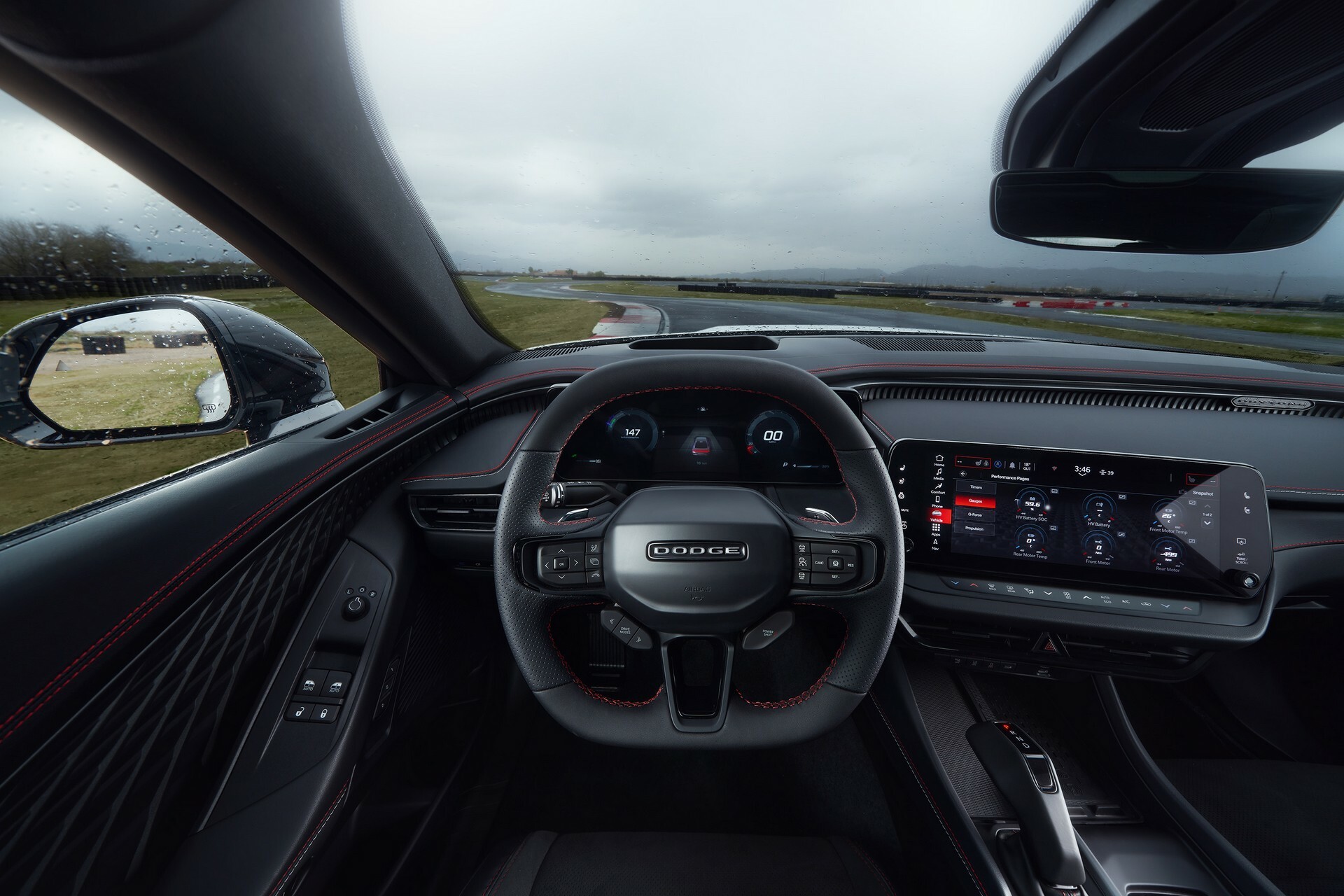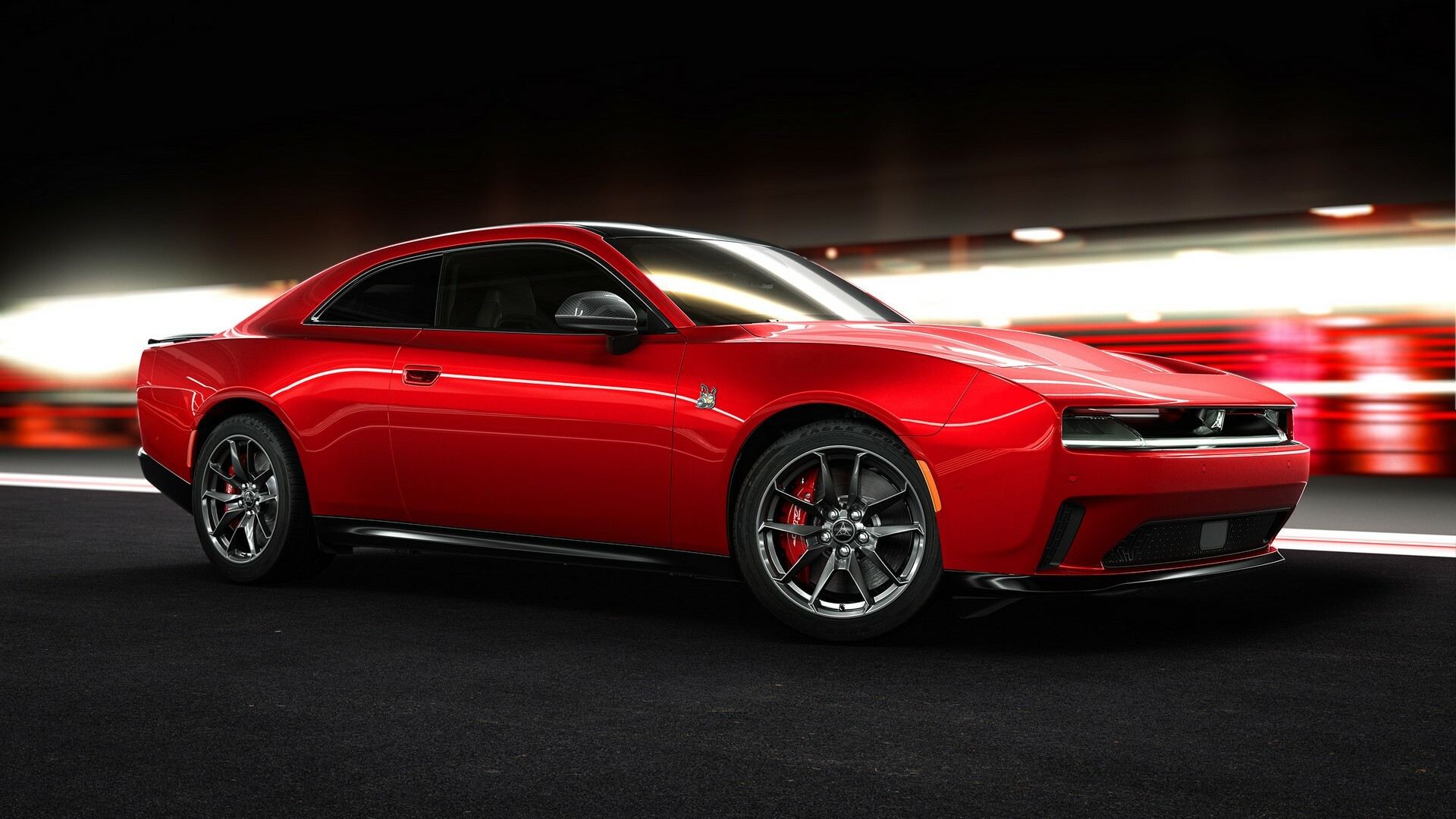Muscle cars. They’re as American as apple pie, but they’re also as Australian as Tim Tams and Vegemite. Because while Europe’s automakers spent the 1960s and 1970s developing cleverly packaged small cars with pitiful horsepower counts, the car industries in both the U.S. and Down Under were serving their buyers big cars with big engines that better suited the two countries’ wide open spaces and cranking up power outputs year after year.
The Aussie power war, fueled in no small part by local motorsport rivalries, gave the nation some iconic cars, including the Ford Falcon GT and later GTHO, Holden Monaro GTS 350, Holden Torana GTR XU-1 and Torana A9X, and Chrysler VH Valiant Charger.
Related: Forget The New Dodge Charger And Buy This ‘Cuda Lookalike 2021 Challenger Instead
And the last of those has been enjoying a moment in the sun this month after people began noticing the similarities between the vintage Aussie Charger and the ICE version of the all new Dodge Charger that’s set to go on sale next spring.
The VH Charger was introduced in 1971, and like its namesake across the Pacific, could be ordered with six or eight-cylinder engines, though since the Aussie car was based on the Chrysler A-body platform used by America’s Dodge Dart and Demon, rather than the B-Body structure utilized by the American Charger or E-Body platform used by its Challenger brother, big-block V8s were off the table.
Image credits: Australian Muscle Car Sales
That didn’t matter though, for two reasons. One was that you could get a Charger with the giant-killing 340 cu-in V8 also fitted to America’s Dodge Demon (where it was comically underrated at 275 hp / 279 PS), and second, because the hottest of all VH Chargers wasn’t a V8 at all, but an inline six: the Six Pack.
That name, which had previously been used on triple-carb versions of Chrysler’s U.S muscle cars, had less to do with the number of pistons under the Aussie Charger’s hood than the trio of twin-choke sidedraught Weber 45s strapped to the side of its 265 cu-in (4.3 liter) motor’s head.
The new Dodge Charger coupe and sedan
Seventy-one’s E37-code Sixpack was rated at 248 hp (251 PS) in street trim, and offered a healthy performance boost over the base, single-carb Charger R/T’s 218 hp (221 PS). But better still was the E38 Six Pack, which pumped out a solid 280 hp (284 PS) and, when equipped with the A84 package that brought uprated brakes, LSD, faster steering and a huge 42-gallon (35 g. imperial, 159 liters) tank that took most of the trunk space, was the next best thing to a full-on Bathurst racer.

Even so, Chrysler kept pushing. For 1972 it introduced the E49 option, upping the output to 302 hp (306 PS) and swapping the locally-built three-speed manual for an imported four-speed transmission. If 302 hp doesn’t seem much in the context of some American muscle car power figures, it’s worth remembering that the Aussie Charger weighed just over 3,000 lbs (1,360 kg) or 25 percent less than its big-block powered American namesake. And although you could get an inline six in the U.S. Charger, it was very much an economy motor and rated at just 145 hp (147 PS).
When Sports Car World bolted its timing gear to an E49 for its October 1972 road test, the Charger shot to 100 mph (161 km/h) in 14.1 seconds and through the quarter mile in 14.4 seconds. Those times, the magazine noted, were better than it had got out of either a Porsche 911 S or the legendary Ford Falcon GTHO Phase III, often touted as the greatest of all Australia’s golden era muscle cars.
And as you might expect, given its breathing apparatus, it sounded pretty epic too (the footage in the clip below is wobbly but the audio is on-point).
There are even some styling similarities between the VH Charger and the latest U.S. Charger, like the flush door handles, crisp flanks and pronounced shoulder. And while it wasn’t badged Charger, you could get the same basic package, including a Six Pack engine (or V8), in the Australian Charger’s four-door sedan brother, the Valiant.
Police packages aside, Detroit never really tried to market four-door muscle cars to American buyers back then, though Chrysler has certainly made up for lost time during the last two decades with the 2005-23 Charger sedan, and the new Charger will also be available in both coupe and sedan styles.
Sadly, there’s no chance of Australia creating its own take on the Charger this time around. The country no longer builds any cars, and the Chrysler brand was pulled in 2021. But the passion for the original Aussie Charger and the other homegrown performance cars from that power-crazed era lives on.




